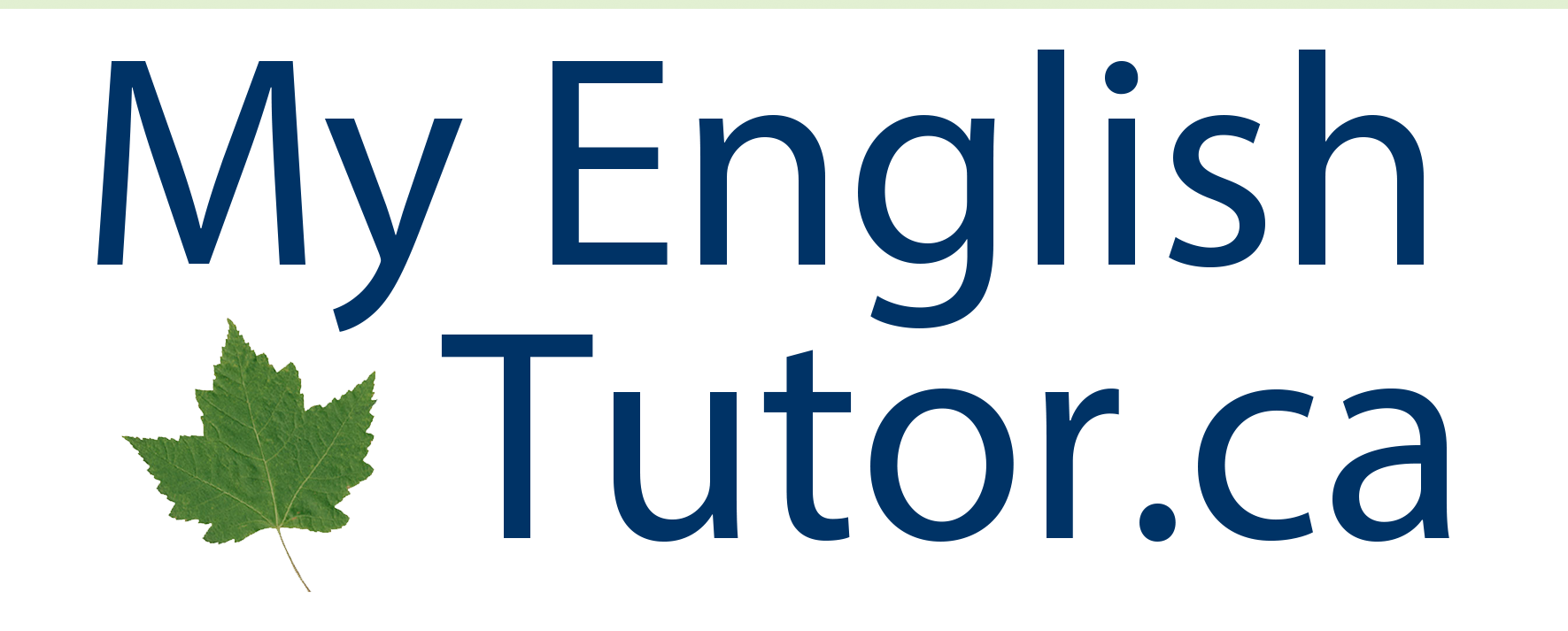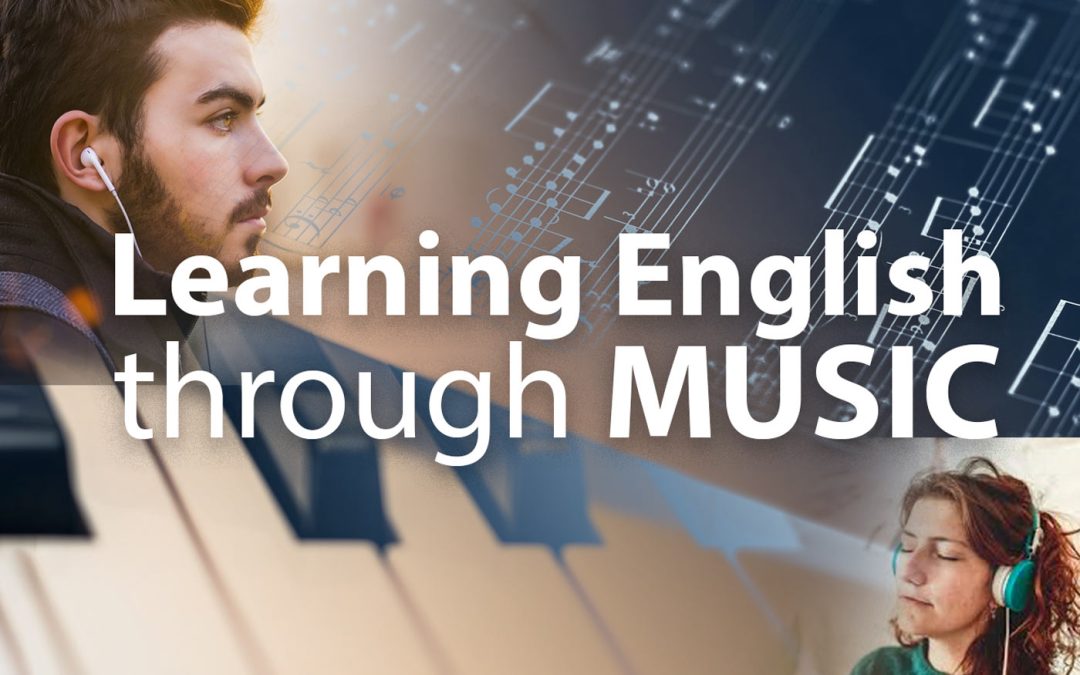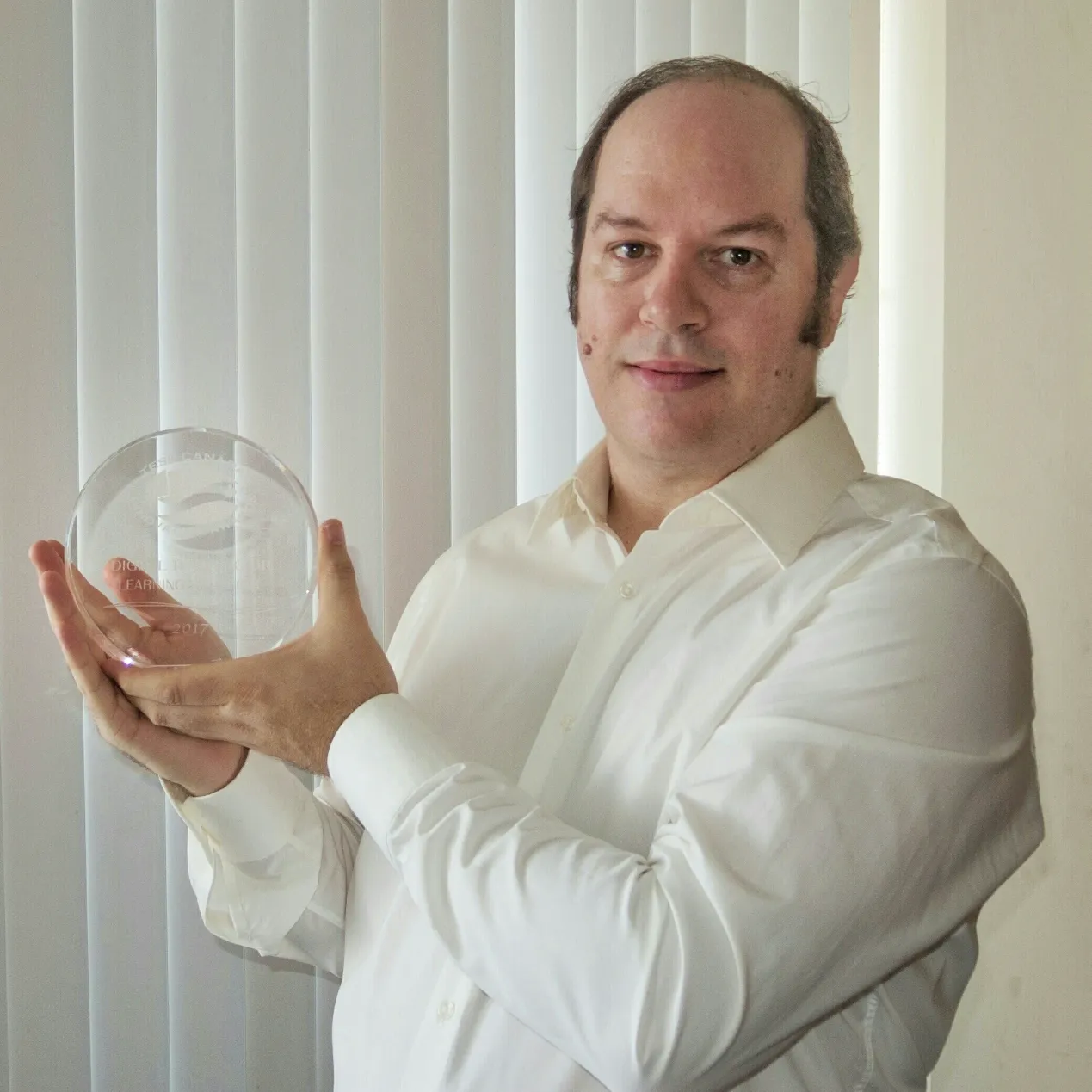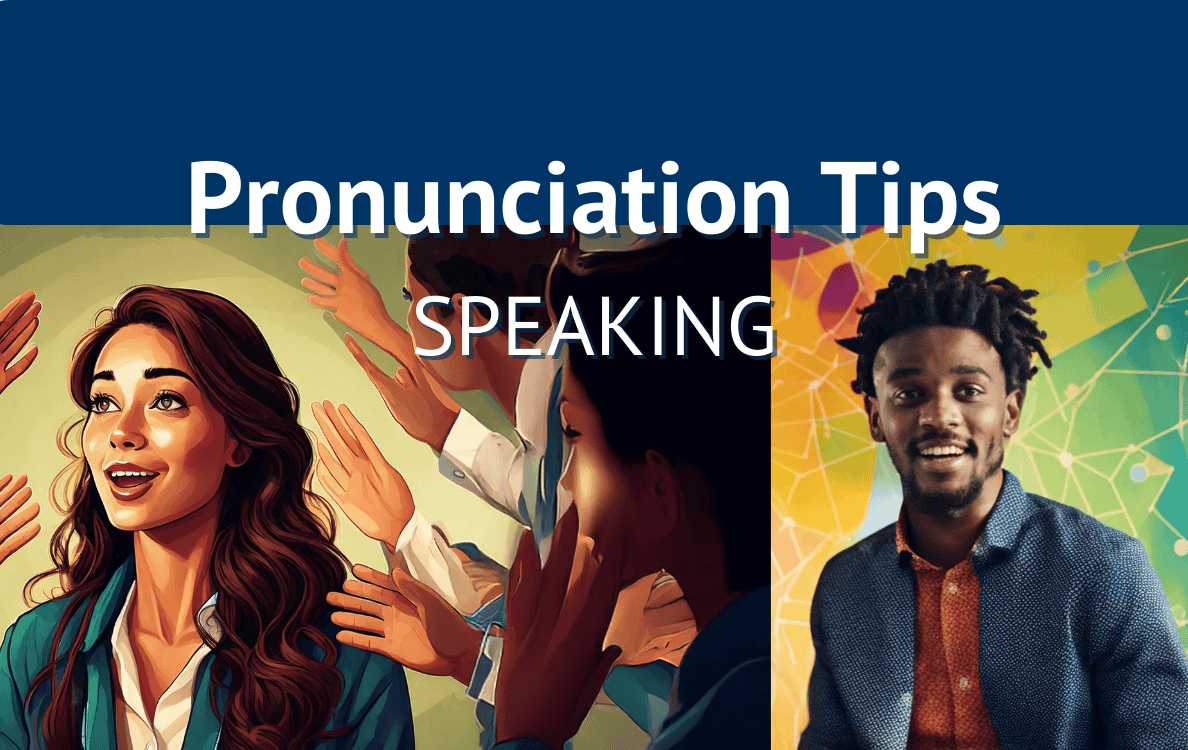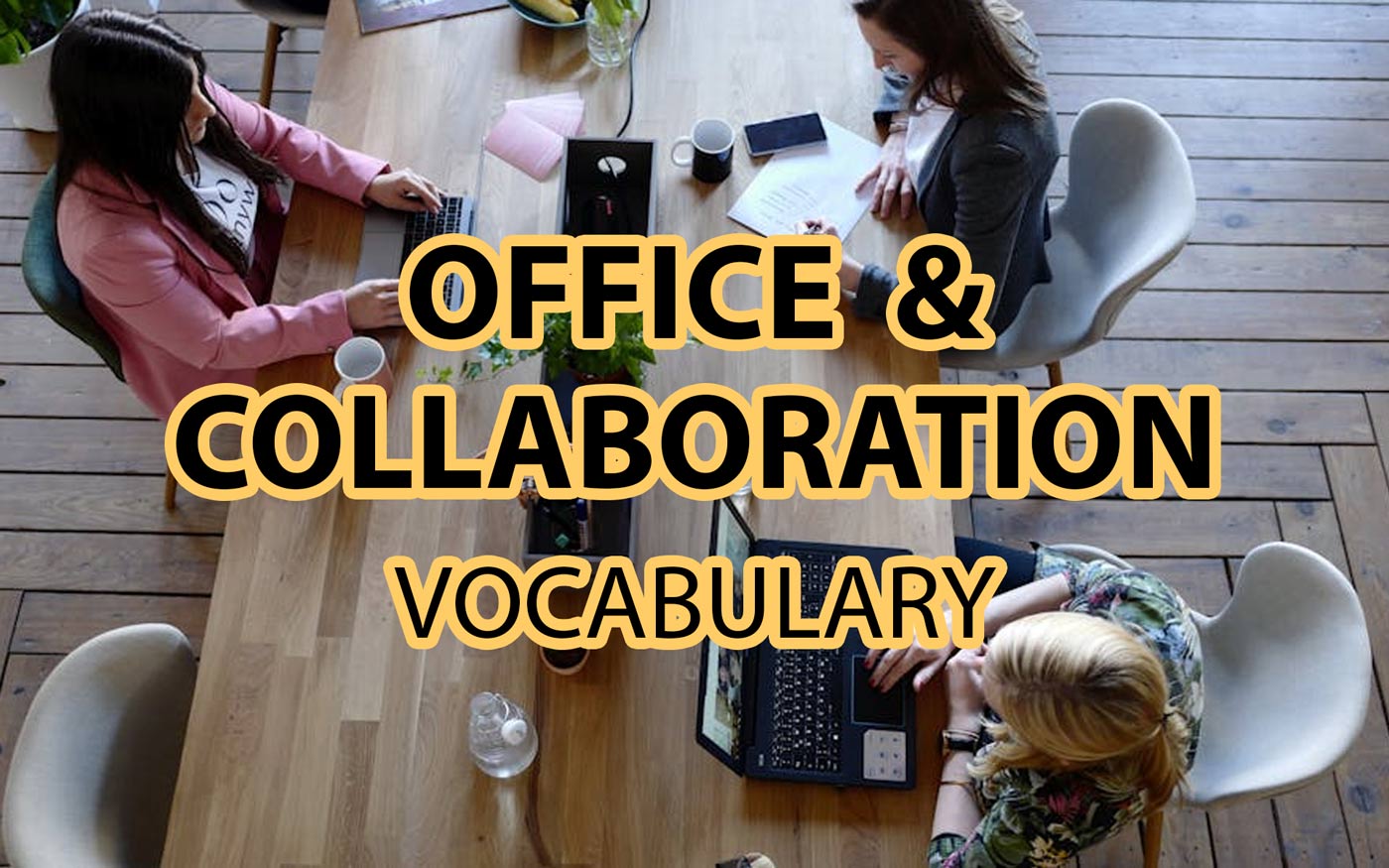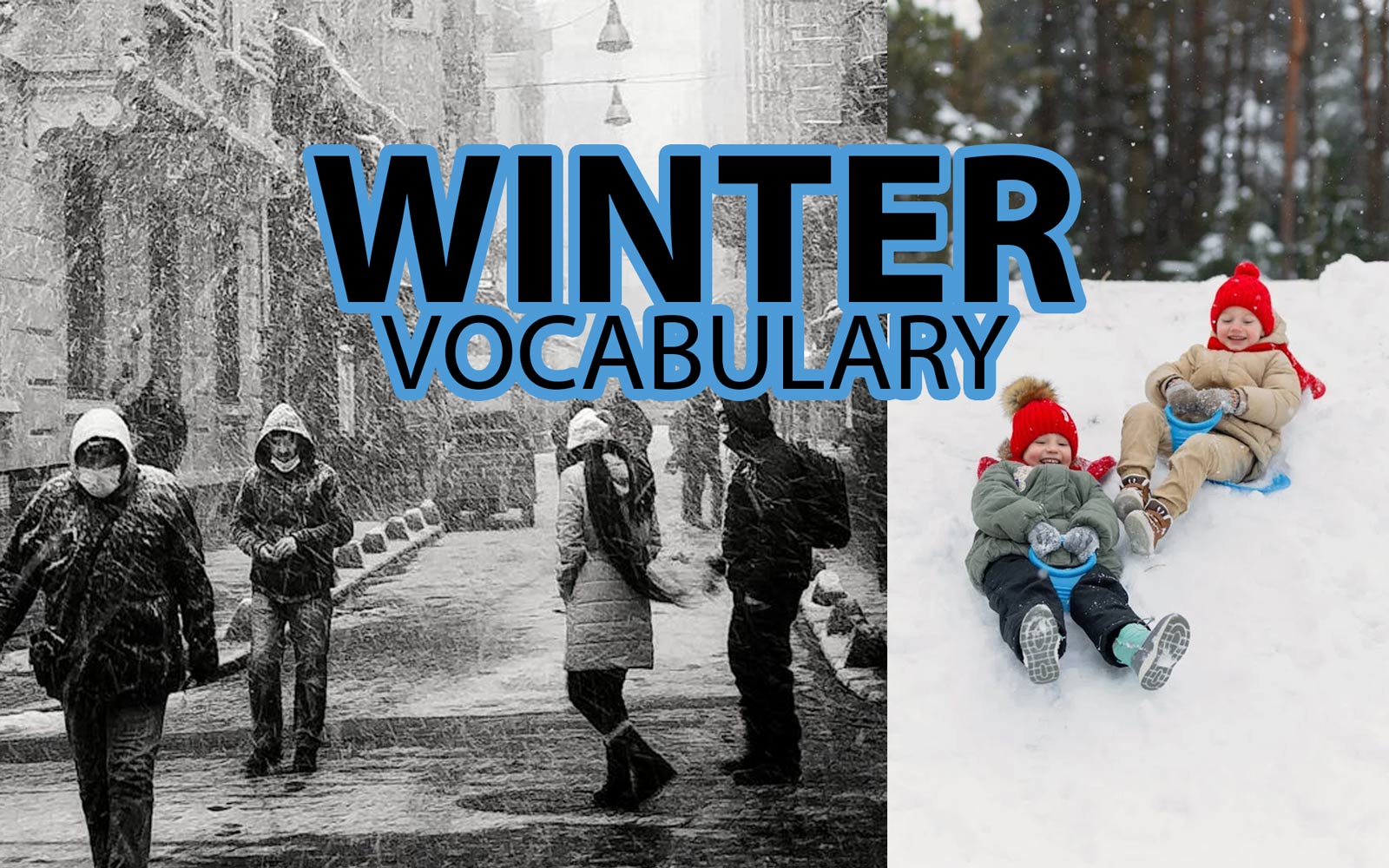Learning English is a challenge, and making the lessons interesting via music, movies, art or other media and entertainment can help create a fun and enjoyable atmosphere for the learner. Whether you are a student or teacher, using music in lessons and the classroom can give your English practice a little boost and keep engagement high.
Here are some quick ideas for the task:
- watch awards shows like The Grammy’s
- listen to your favourite English artists on YouTube
- make playlists of songs that use a grammar point on Spotify
- Translate a favourite song from your language into English
- Write some lyrics on your own to a “standard” tune
Those suggestions are just the tip of the iceberg. If you brainstorm you can think of many more. But for now let’s go through these and discuss the pros and cons and level of difficulty for each.
Watching Awards Shows like The Grammys
Last night the famous Grammy awards show was aired and today the media is full of chatter about the event. Did yo watch it? One approach would be to watch the entire broadcast, while another would be to pick out some highlights (this link is a short Guardian selected highlights).
The show is usually 3 hours so watching all of it might be an ordeal, while picking out highlights makes sense. Did you know Taylor Swift broke a record by winning her 4th album of the year award? The famous Canadian artists Celine Dion and Joni Mitchell were also honoured (Mitchell apparently performed which is rare!). You may want to watch a funny and inspirational speech by Jay Z.
Joni Mitchell – a favourite Canadian artist
Joni won folk album for a performance at the Newport Folk Festival. She performed “Both Sides Now” and the Grammys but the performance is not available so here’s the show she won the award for!
Watch favourite music artists on YouTube
Listening to English songs is probably one of the best ways to improve your listening skills. Along with Spotify and other streaming services, YouTube is a well established resource for music from all kinds of eras and genres.
Without a doubt this may be the most popular way to enjoy music these days, as we have the musical recording and a video to keep us entertained. Do you use YouTube? Who are your favourite artists? Do you ever make use of playlists to keep track of your picks? Another handy way to look back at songs you liked watching is to use the “History” feature.
One note is that if you subscribe to YouTube premium you can enjoy the videos and YouTube’s Music app without commercial interruption. The price is comparable to using services like Netflix, Apple TV and Prime, so if you have expendable income in your budget for entertainment you might consider YT premium.
YouTube Tips:
- Consider YouTube Premium for uninterrupted ad-free playback
- Watch YouTube Kids with children – songs for kids are often fun!
- Make use of playlists and the history search to look at old favourites
- Practice writing in addition to listening by writing comments on videos that inspire you
This blog is not associated with Google and I receive no compensation for talking about YouTube and YouTube premium. You may also enjoy musical content via Spotify, Amazon Prime and Music and other services.
Make or Listen to Playlists of Songs with Grammar Points on Spotify (and Streaming Music Services)
Do you use Spotify or other music creaming services? They represent an alternative to using YouTube. If you may for Prime or YouTube, a music streaming service is included in your monthly subscription.
To create a song playlist you can open the search bar and type keywords related to the grammar point. For example, let’s say you want to study modal and modal equivalents. In this case try searching for songs that include words like “can, should, would, may and might.” You’d be surprised how many relevant songs you can find which explore English grammar in the format of a song.
Playlist of Classics with ESL Theme
Here’s fun find from Spotify. I searched for ESL and found the following:
Free accounts
One benefit of Spotify is that you can listen with a free account. You can install on desktop or mobile (computers and cell phones) or just listen in any browser.
For an additional task, read this instruction for how to sign up and use a free account:
https://www.lifewire.com/how-to-sign-up-for-spotify-2438829
Translate a favourite song into English
This could be regarded as a bit of a higher level English task but it depends on the complexity of the original song. In this case, start with a song in your native language. Listen and write down the words. Consider the background of the artist and tone or point of view of the song. Translation involves not simply a word for word conversion but in some cases taking into account style or artistic intent may be important.
After you finish your translation one option is to feed the original text into Google Translate and see how accurate your translation is. When comparing it obviously is important to realise that this is a “machine generated” translation and may contain inaccuracies. However recent experience tells me google Translate has become a very powerful and curate tool.
To take this one step further try performing the song in both languages! you can sing in the shower or perform friends at a karaoke bar!
Write New Lyrics to a Standard (Classic Song)
This is another challenging and highly creative exercise. Take a standard, which means an old, highly regarded song and work on some fresh lyrics. While staying true to the structure and melody, you can get quite creative with this.
I have used this technique in the classroom. We start by listening to and studying a classic like “Michelle” or “Yesterday,” to take two examples by the Beatles, and after repeated listening and discussion of the lyrics students are instructed to write a few verses with fresh lyrics on a different topic.
this has the potential to be very funny, and either the teacher or students can try singing the new version. This has the elemi of improve which is one of the performing arts most vibrant acts of creativity. Try it, especially with advanced students – though even beginners and intermediates can really generate some creative solutions to the newly improved lyrics.
Wrap Up
I hope you found this post useful. Some of my best English students were passionate fans of music and I’ve seen first hand that a steady stream of listening content can really elevate your mood and provide inspiration while learning.
Let me know what your favourite songs are. I can try to incorporate some into our lessons. Hire me for a tutoring session and we’;ll explore English through music together.
Bonus
I’d like to share a song called “Count On Me,” by Bruno Mars, a song I discovered recently and which I’ve shared with my students. It uses the phrasal verb “count on” and has a great poppy bounce and positive outlook. My approach with this one is to study the song via a cloze (fill in the blanks) or jigsaw (cut up the lyrics into strips then order the strips) ecercise. After we listen a few times we walk through the lyrics line by line discussing grammar or interesting expressions.
I have two videos for you. the first is the original video. Watch and listen to this first. Follow that with the second video which is the “lyric video.” Listen 3-4 times to reinforce the lyrics and get an opportunity to practice new vocabulary. Initially you may find it best to listen without the video. this is up to you obviously.
Video 1: Count On Me
Video 2: Count On Me Lyrics
About Teacher Mike Simpson
Thanks for reading. I am a teacher from Toronto, Canada. I can help you with your English and communication for personal or professional purposes. Contact me to ask about my rates and availability.
I have been teaching ESL, English, and design communications for 20+ years. If you would like to ask me about my experience or have any other questions please feel free to get in touch.
